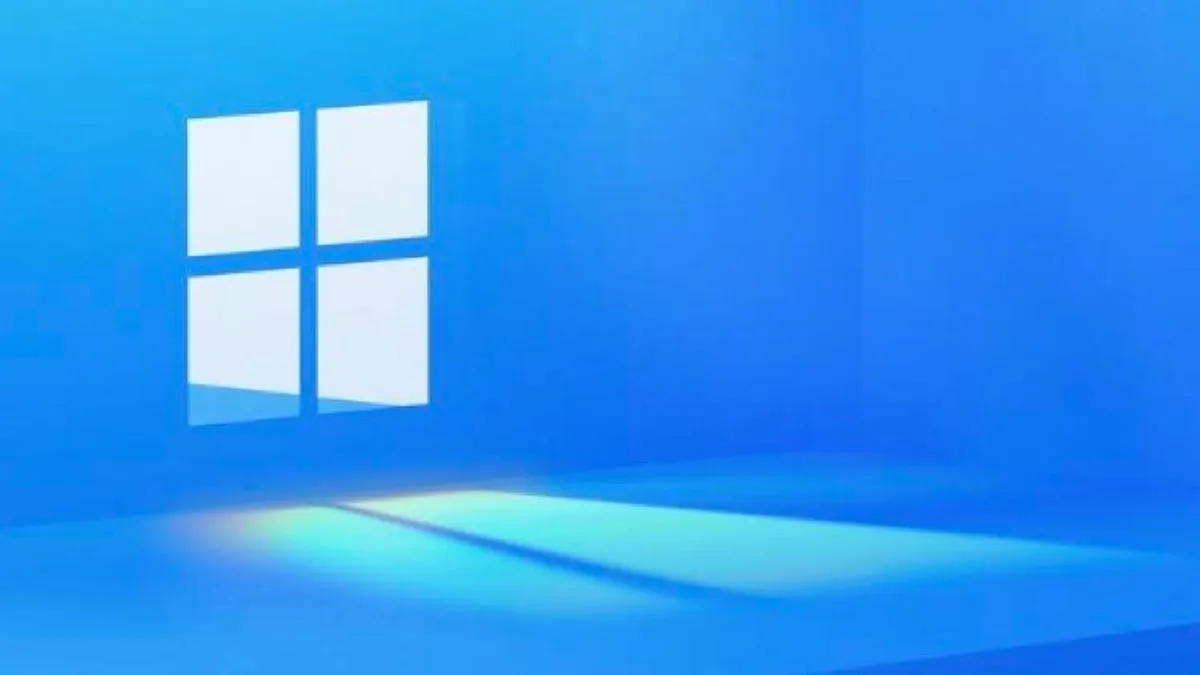
The Windows 10 era is drawing to a close as Microsoft prepares to end support for this widely used operating system. Starting in October, Microsoft will discontinue security support for Windows 10, leaving many users vulnerable to security risks. Initially, Microsoft offered a one-year extended security update for a fee of $30, but recent developments have introduced a free option that allows users to extend access to Windows 10 for another year.
To take advantage of this free option, users must utilize cloud backup by connecting their systems with a OneDrive account. This update is particularly significant as Windows 10 remains the most widely used version of the operating system, accounting for over 53% of installations as of May 2025. The introduction of free updates alleviates concerns for millions of users who might otherwise be left without vital security support, provided they act before the October deadline.
The primary concern with the free backup option is the limitations of OneDrive's free storage. Every Microsoft account comes with up to 5GB of free storage, which may not be sufficient for all backup needs. As noted by The Verge, users with larger backup requirements might find themselves needing to purchase additional storage. For instance, a subscription plan offering 100GB of cloud storage is available for only $2 per month. This annual plan still comes out to less than the $30 fee for extended security updates, though it may still lead to some frustration among users who must navigate these limitations.
Windows 10 was officially launched a decade ago in July 2015. As the discontinuation of support approaches, users looking to stay updated with security patches have several options, as detailed in Microsoft's blog post. These include:
Using Windows Backup to sync settings to the cloud via OneDrive. Redeeming 1,000 Microsoft Rewards points for access to a year of security updates. Paying $30 for the extended security updates program.Microsoft plans to roll out a sign-up wizard for the Extended Security Updates program beginning in July. By registering for this option, users can secure updates until October 13, 2026. Businesses may even have the chance to purchase up to three years of additional updates, providing them with more time to transition to the latest operating systems.
While the option for free updates on Windows 10 is a welcome relief for many users, it is important to recognize that this is not a long-term solution. Users are encouraged to prepare for an eventual upgrade to Windows 11 as Microsoft phases out support for Windows 10. With millions still relying on this operating system, the transition period will be crucial in ensuring that users remain secure and up-to-date.